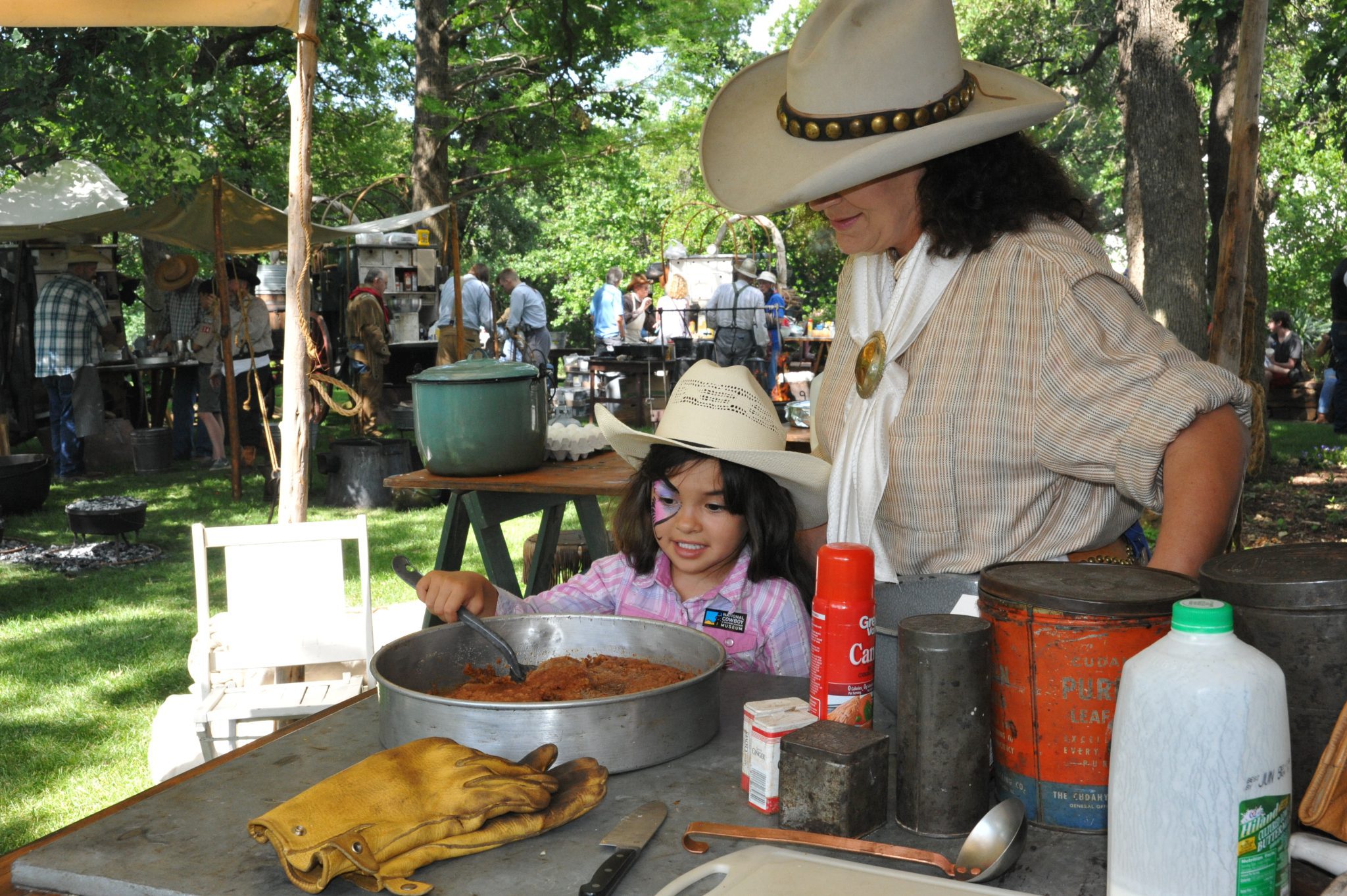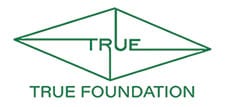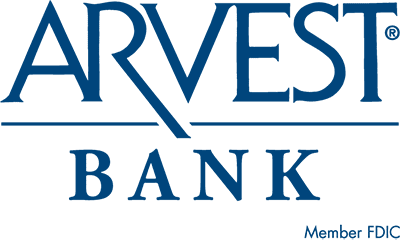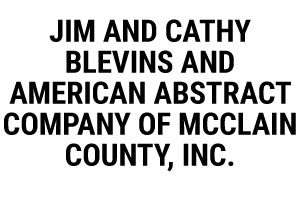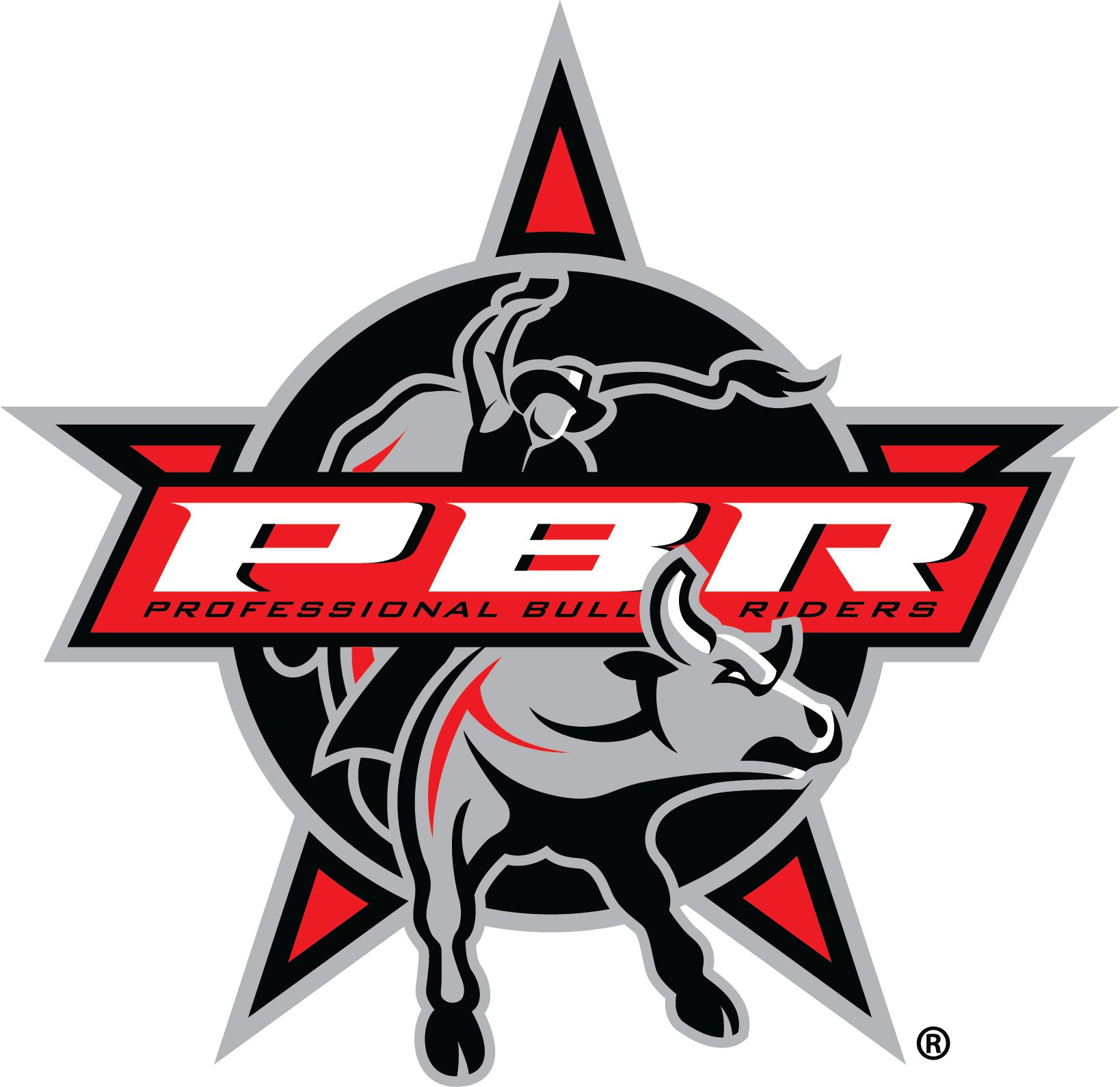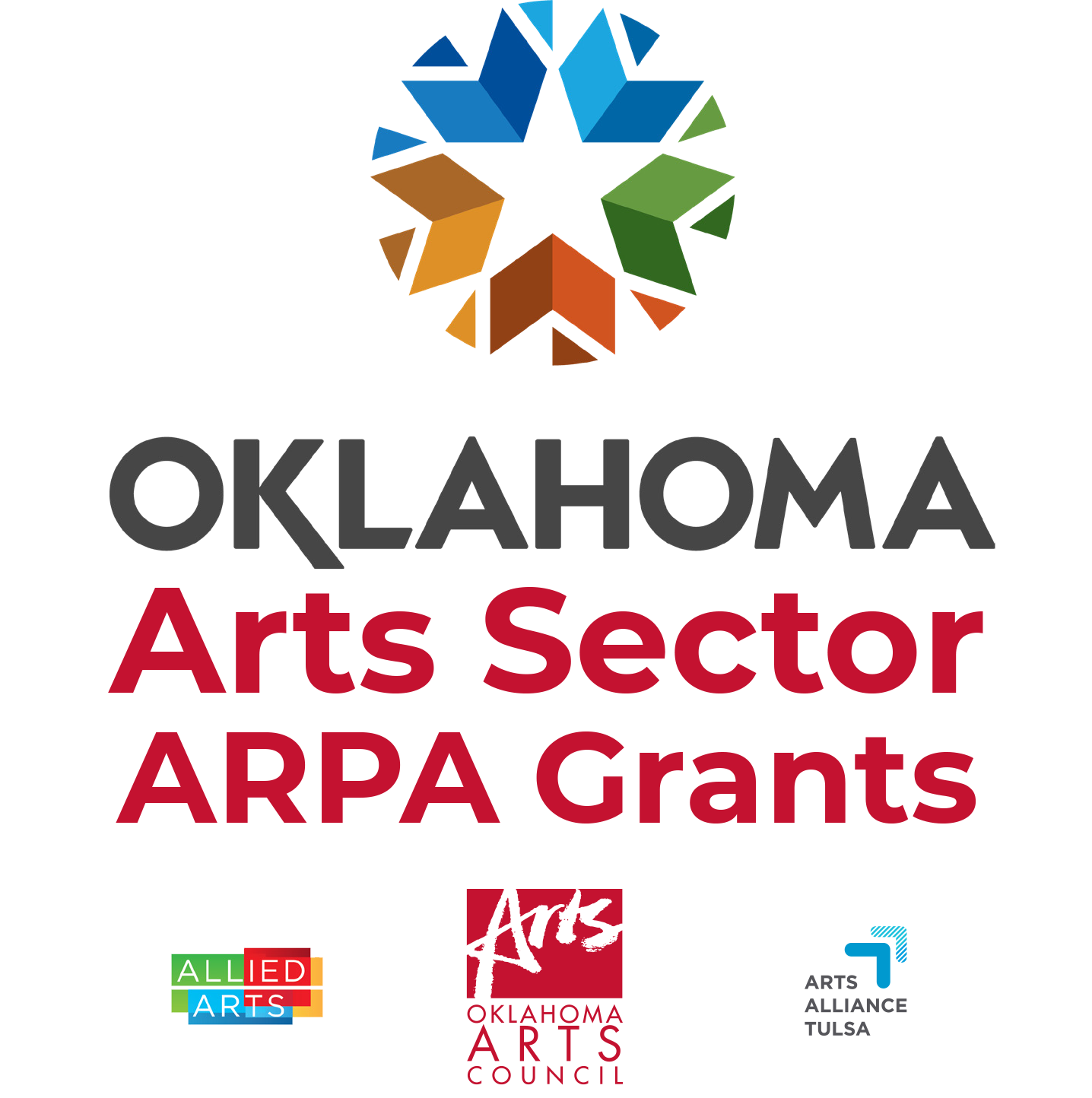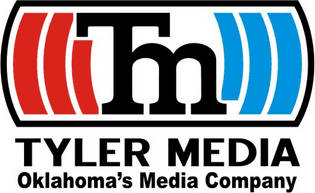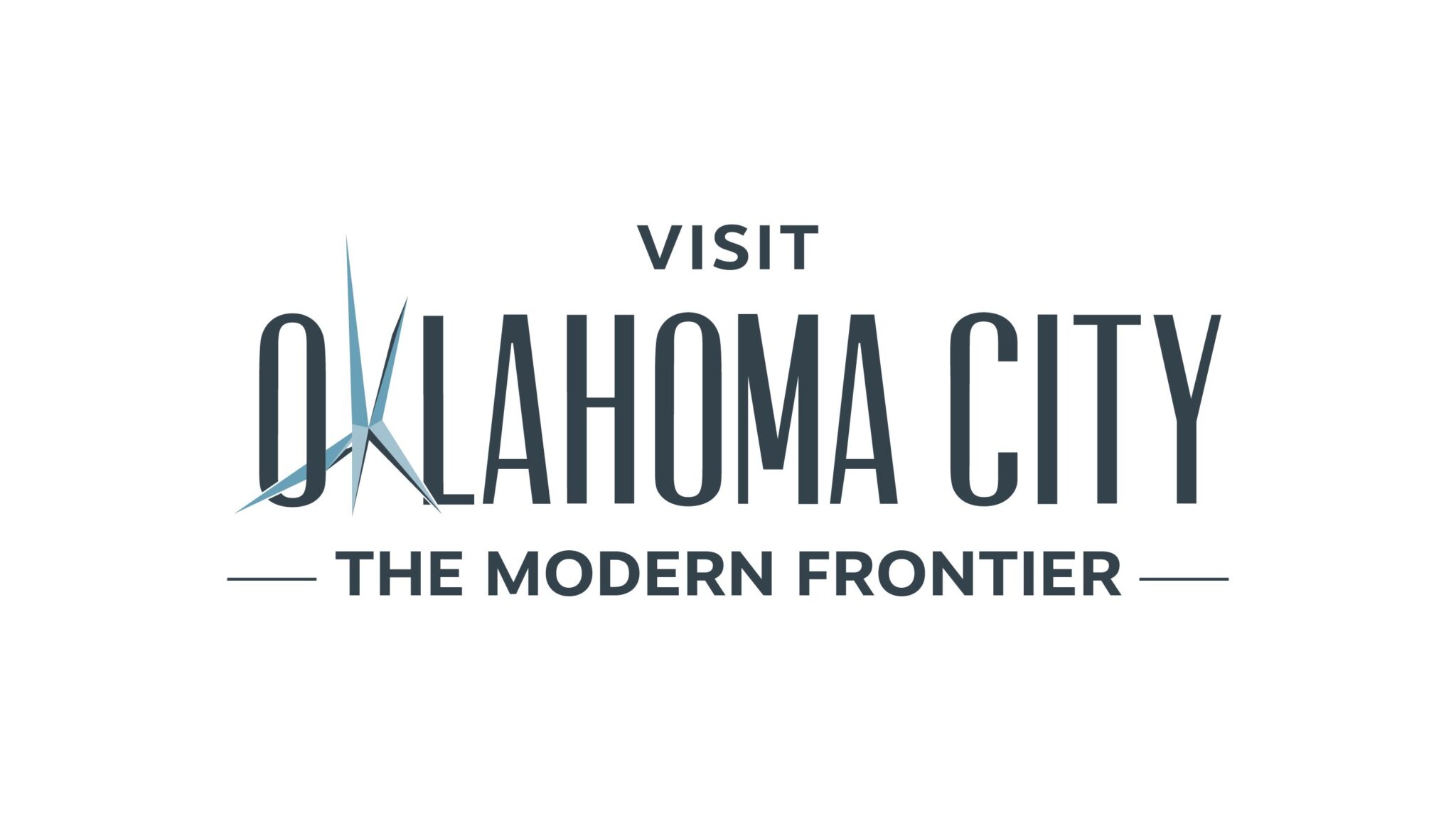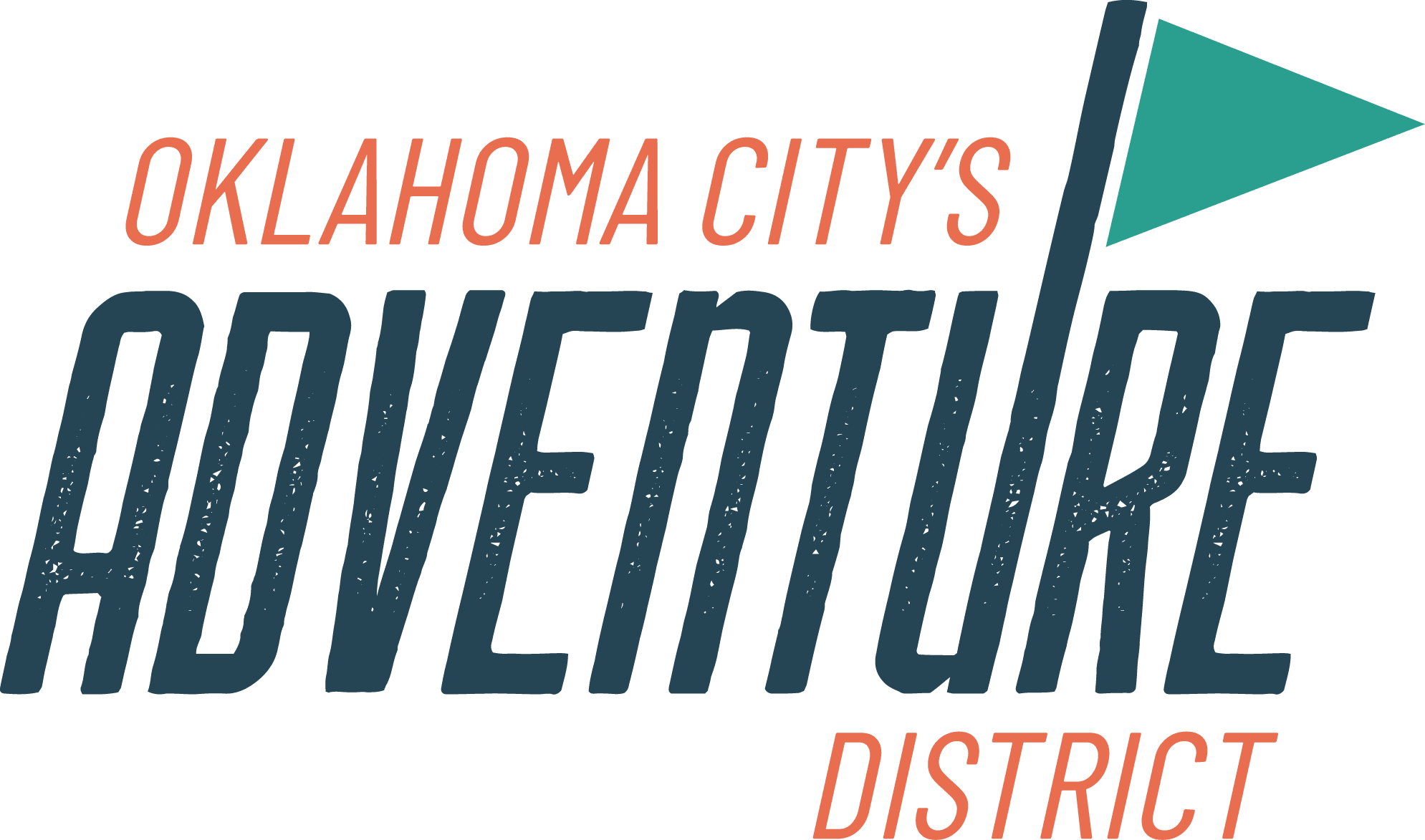With our Chuck Wagon Festival coming up on May 28 – 29th, we thought we should give you a little background on the history of Chuckwagons. Michael Grauer, McCasland Chair of Cowboy Culture/Curator of Cowboy Collections and Western Art, told me some bite-sized tidbits that you could throw out at parties and seem like a chuck wagon expert. You can also learn more by coming to our Curator Conversation about Chuckwagons May 10th from 6 pm – 7:15 pm.
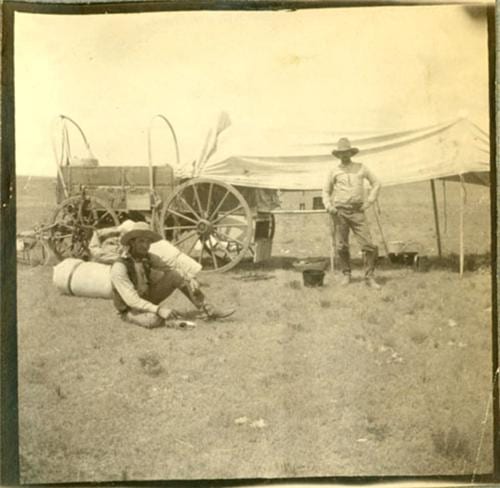
Unlike in the movies, when the drovers got to the end of the trail in Abilene, or Ellsworth, or Dodge, they didn’t go to a restaurant and order a steak, usually. They’d been eating beef for months so they wanted something different. And since many of them were southerners, they wanted … wait for it … fried chicken.
(Photo courtesy of Dickinson Research Center – 1995.039.34C, 1900 ca.)
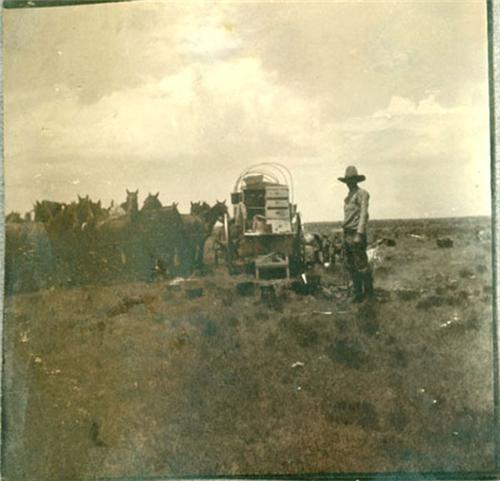
Beef was the most available protein source. Cuts of meat would be laid in the bottom of the chuckwagon as it traveled and kept cool by the bedrolls piled on top of them. Nothing like the smell of a beefy bedroll. Lol!
(Image courtesy of Dickinson Research Center – 2003.254.03 by Southwest Post Card Co.”Chuck Wagon on the Roundup” 1940 ca.)
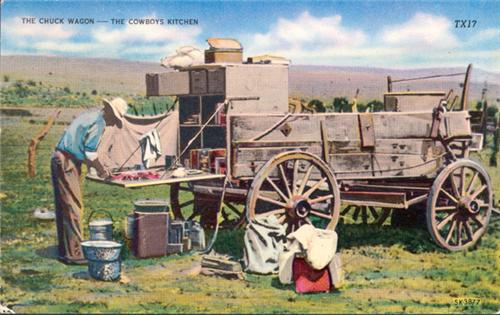
Most vegetables came in cans which were called “air tights.” Canned tomatoes were a favorite because they were canned in sugar and the acidity helped counter the bad, gypsum-filled water in most of the rivers they crossed and used as water sources.
(Photo courtesy of the Dickinson Research Center – 1995.039.38A, 1900 ca.)
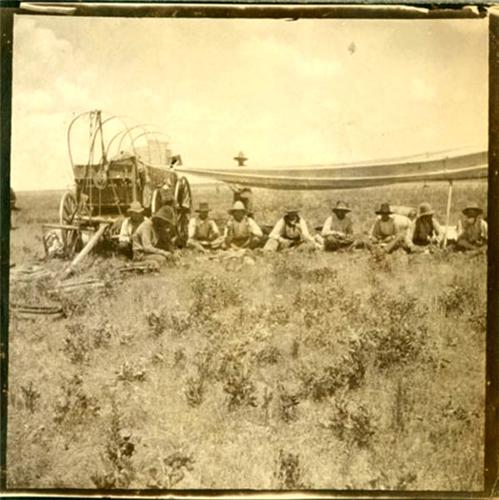
Drovers, who were just kids from 15 to 25 years old, wanted sugar so they loved canned peaches. Often when they got to a town, instead of the myth of going straight to a saloon, they’d use their wages to buy cans of peaches and eat them til they were sick.
(Photo courtesy of Dickinson Research Center – 1995.039.33, 1900 ca.)
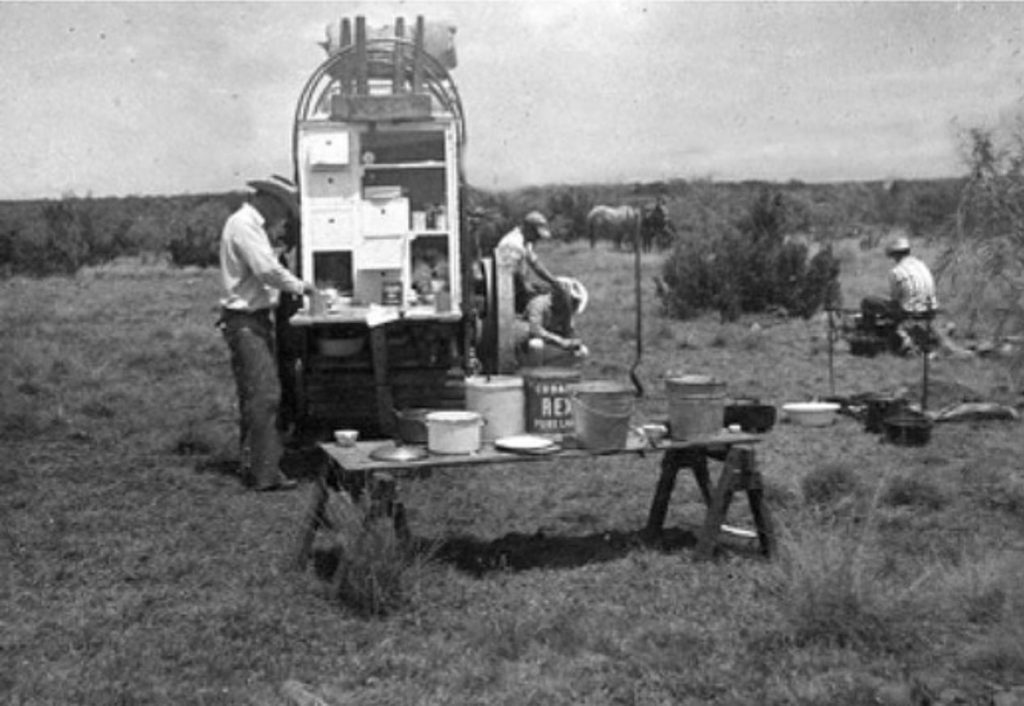
Drovers worked from “can see to can’t” so they ate a small breakfast at 4-5 am, often lard or bacon leftover and between a cold biscuit with coffee. After breakfast was served and cleaned up, the cook and his assistant would drive the wagon around and ahead of the herd to set up and cook dinner (what most people call lunch today). This would be the heaviest meal of the day and often allowed for a brief siesta. After dinner the process was repeated and the cook drove the chuckwagon to the campsite for the night and cooked supper.
The best way to learn about chuck wagons is to experience them for yourself. Don’t miss our Annual Chuck Wagon Festival May 28 – 29th at the Museum. Join us for this two-day, fun-filled family weekend showcasing Chuck Wagon and Native food samples, artisan demonstrations, live music, Western re-enactors, and more. Learn all about the Festival here.
And if you’re a member of the Museum you can come to both days of Chuck Wagon for free! And enjoy the Museum for the rest of the year as often as you like. Become a Member Today.
